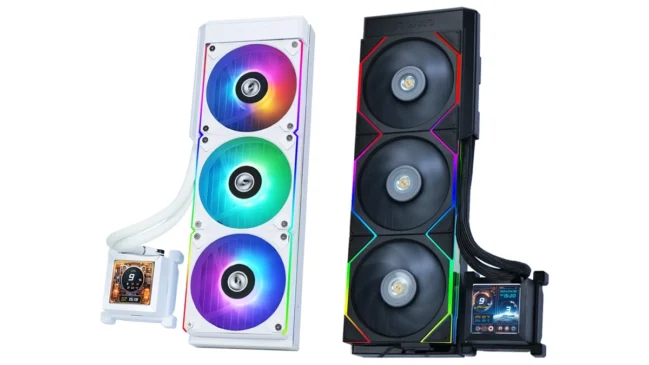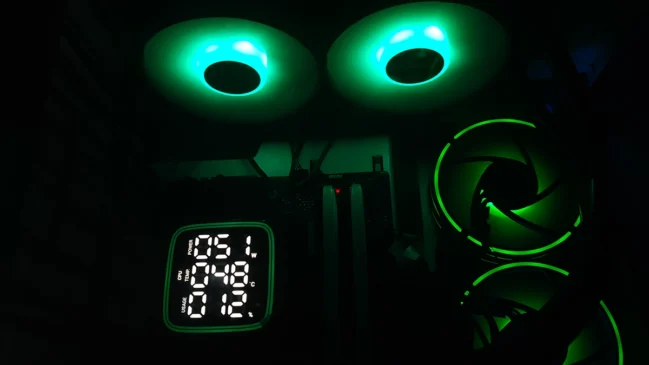
The world of electronic design has evolved significantly over the years, from the days of hand-drawn schematics and breadboards to the sophisticated digital landscape today. This transformation has been driven by technological advancements, making designing electronic circuits more accessible, efficient, and precise. Here are the remarkable technologies that have emerged to ease electronic design, making it more user-friendly and efficient.
Computer-Aided Design (CAD) Software
One of the most revolutionary advancements in electronic design is the widespread use of Computer-Aided Design (CAD) software. CAD tools provide engineers and designers with the ability to create, simulate, and test electronic circuits in a digital environment. These software packages offer features like schematic capture, PCB layout, PCB assembly, and simulation capabilities, significantly streamlining the design process. CAD software allows designers to visualize their circuits, making it much easier to identify and correct potential issues early in the design phase. This not only saves time but also reduces the cost associated with prototype iterations. Prototyping can help you determine the right parts to use in your final project. Using a specialist parts search engine can help you find the correct parts for your project at the best price.
Simulation and Modeling
Simulation and modeling tools have become invaluable assets in electronic design. These tools enable engineers to simulate the behavior of electronic circuits before building physical prototypes. SPICE (Simulation Program with Integrated Circuit Emphasis) is a widely used simulation tool that allows designers to predict how a circuit will perform under different conditions. This capability helps identify and rectify issues in the design before they become costly problems in the physical world.
Additionally, advanced modeling tools can simulate thermal behavior, electromagnetic interference, and even 3D renderings of PCB layouts. These simulations provide crucial insights into a design’s performance, leading to significant improvements in efficiency and reliability.
Firmware Development Environments
Incorporating microcontrollers and programmable devices into electronic designs has become commonplace. To facilitate firmware development, numerous integrated development environments (IDEs) have emerged. These IDEs provide code editors, debugging tools, and compiler integration, making it easier for engineers to write and test firmware for their electronic systems.
Arduino, PlatformIO, and MPLAB X IDE are just a few examples of powerful development environments that cater to various microcontroller families, simplifying the task of programming and debugging embedded systems.
Internet of Things (IoT) Platforms
With the rise of IoT, electronic design has expanded beyond traditional circuits to include devices that communicate with the internet. IoT platforms like Arduino IoT, AWS IoT, and Google Cloud IoT offer pre-built frameworks for developing and managing IoT applications. These platforms provide ready-made connectivity solutions, data analytics tools, and cloud-based dashboards, reducing the complexity of IoT design.
3D Printing and Rapid Prototyping
Physical prototypes remain essential in electronic design, but 3D printing and rapid prototyping technologies have transformed the process. Designers can now quickly and cost-effectively create custom enclosures, brackets, and other mechanical components. This rapid iteration cycle allows for faster refinement and testing of electronic designs.
As technology continues to advance, expect electronic design to become even more accessible and streamlined. The tools and technologies discussed here are just the beginning of what promises to be an exciting future for electronic design, where creativity and innovation flourish with the support of powerful digital resources.








